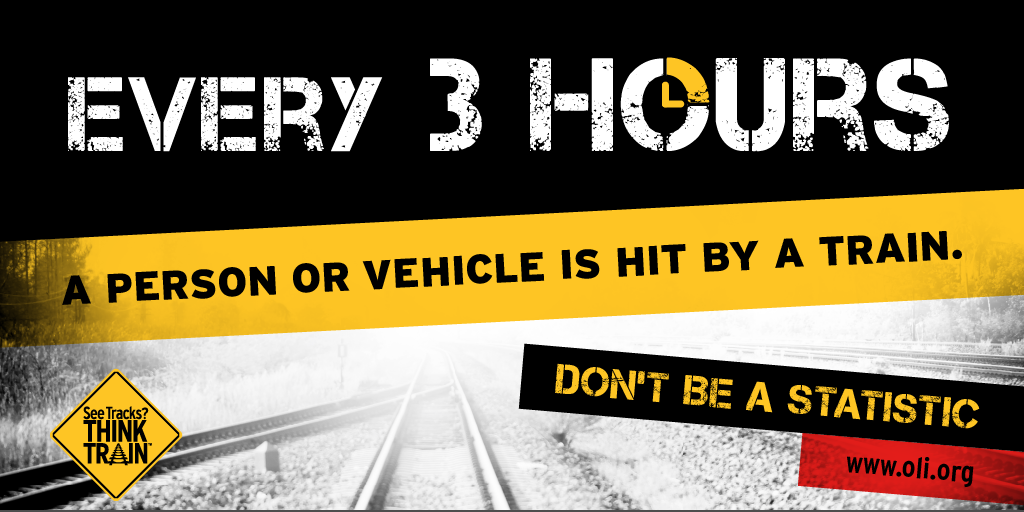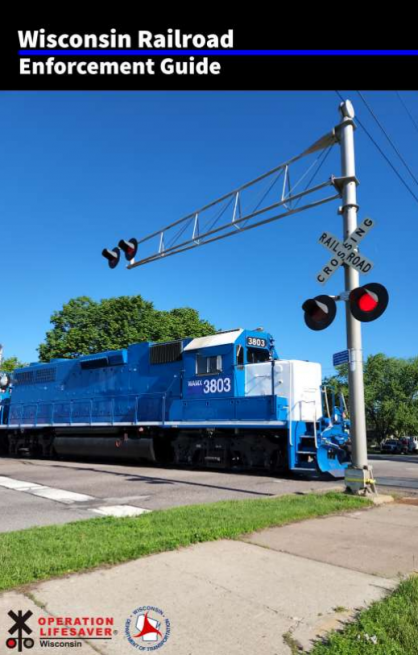Wisconsin Operation Lifesaver
- About WI OL
- WI OL Events
- WI OL Safety Partners
- WI OL Statistics
- Rail Safety Week / Volunteers in Action
- Board of Directors / Quarterly Meetings
- Railroad Investigation and Safety Course
- Presentations & Events
About WI OL
Too many Wisconsin lives are lost each year due to railroad trespass and grade crossing incidents. Wisconsin Operation Lifesaver is about educating the public on making safe decisions on or near railroad tracks.
Our Mission
Wisconsin Operation Lifesaver’s mission is to end death and injuries due to trespassing and collisions on railroad property. As a non-profit public safety education and awareness organization, we are devoted to saving lives and preventing tragic collisions at highway-railroad crossings and on railroad rights-of-way in the State of Wisconsin.
To accomplish its mission, Wisconsin Operation Lifesaver promotes the 3 E’s of Safety:
- Education -- Operation Lifesaver strives to increase public awareness about the dangers around the rails. The program seeks to educate both drivers and pedestrians to make safe decisions at crossings and around railroad tracks.
- Enforcement -- Operation Lifesaver promotes active enforcement of traffic laws relating to crossing signs and signals and private property laws related to trespassing.
- Engineering -- Operation Lifesaver encourages continued engineering research and innovation to improve the safety of railroad crossings.
Why Operation Lifesaver is Needed
Thousands of people are seriously injured and hundreds are killed in highway-railroad crossing and trespass incidents each year in the USA. Many people are unaware that trains cannot stop quickly to avoid collisions. They take chances by ignoring warning signs, disregarding signals, going around lowered gates, or simply failing to pay attention when approaching highway-rail crossings. People also make the potentially fatal mistake of using railroad tracks as shortcuts or as places to walk or run for recreation. They may not understand how quickly and quietly a train can approach. Our safety tips can save your life – or the life of someone you love.
Our History
Operation Lifesaver began in Idaho in 1972 when the national average of collisions at highway-rail crossings exceeded 12,000. To address this tragic reality, the Idaho governor's office, peace officers and Union Pacific Railroad launched a 6-week public awareness campaign to promote highway-rail grade crossing safety. During the campaign’s first year, Idaho’s crossing-related fatalities dropped by 43%. It was the beginning of what would become “Operation Lifesaver, Inc.” the largest rail safety organization in the United States.
Within a decade the successful program had spread across the country, and in 1982 Wisconsin Operation Lifesaver was formed. Over the years the number of collisions at public highway-railroad crossings in Wisconsin steadily decreased, despite an increase in both train and motor vehicle traffic. But since 2020 it has remained steady at 40 Wisconsin highway-rail crossing collisions annually. While the number of injuries reported each year has continued to decrease, the fact is that even one collision or injury is too many. Wisconsin Operation Lifesaver’s goal is to bring that number down to zero.
Who We Are Today
Wisconsin Operation Lifesaver is now one of 50 states and a growing number of countries with active Operation Lifesaver programs. Through free presentations, community safety events, targeted videos, media campaigns and other railroad safety initiatives, Wisconsin Operation Lifesaver is working hard to prevent needless tragedies.
We have more than 50 Authorized Volunteers working throughout the State of Wisconsin, offering free specialized presentations to a wide variety of audiences, including school groups, new driver classes, mature drivers, community members, professional drivers, law enforcement officers, and emergency responders. Any group can request a free presentation.
Wisconsin Operation Lifesaver’s mission is supported by several railroads operating in Wisconsin, private citizens, state and national agencies, corporations, and our energetic team of volunteers and members. If you are interested in learning more about Wisconsin Operation Lifesaver, becoming a volunteer, requesting a presentation, or making a financial contribution, please contact us.
oli.org/safety-near-trains/volunteer
oli.org/request-presentation
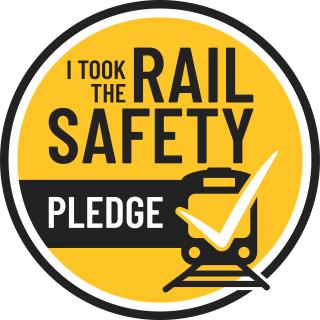
Take The Rail Safety Pledge
Every three hours in the U.S., a person or vehicle is hit by a train.
Make your communities safer. Take the Operation Lifesaver Rail Safety Pledge today!
You Can Help #STOPTrackTragedies.
WI OL Events
The Great Bunny Train
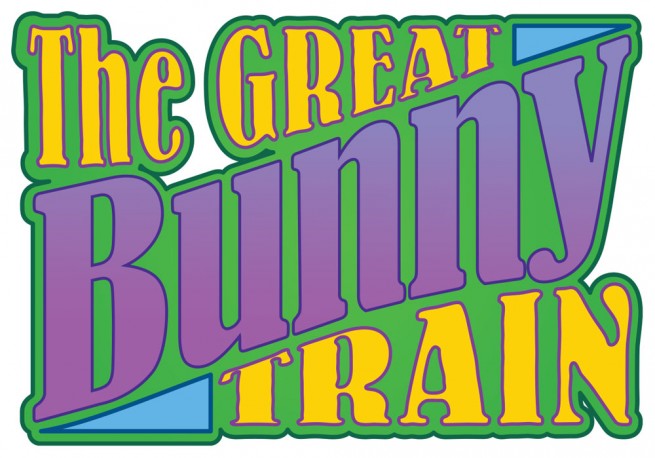
March 23-24, 2024
National Railroad Museum, Green Bay
https://nationalrrmuseum.org/the-great-bunny-train
6th Annual Fox Cities Kidz Expo
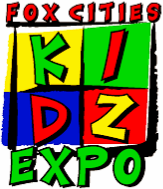
April 20, 2024
Fox Cities Exhibition Center, Appleton
http://foxcitieskidzexpo.com
Titletown Train Show
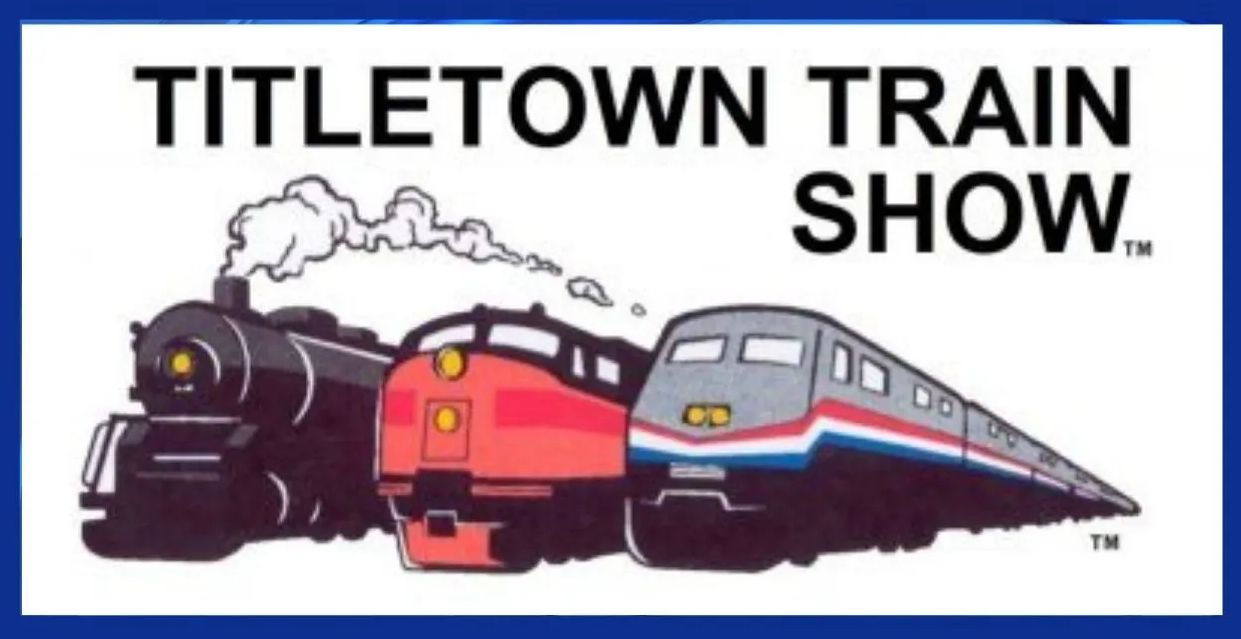
May 4-5, 2024
KI Convention Center, Green Bay
https://ttsgbllc.com
PAW Patrol Paw-Palooza
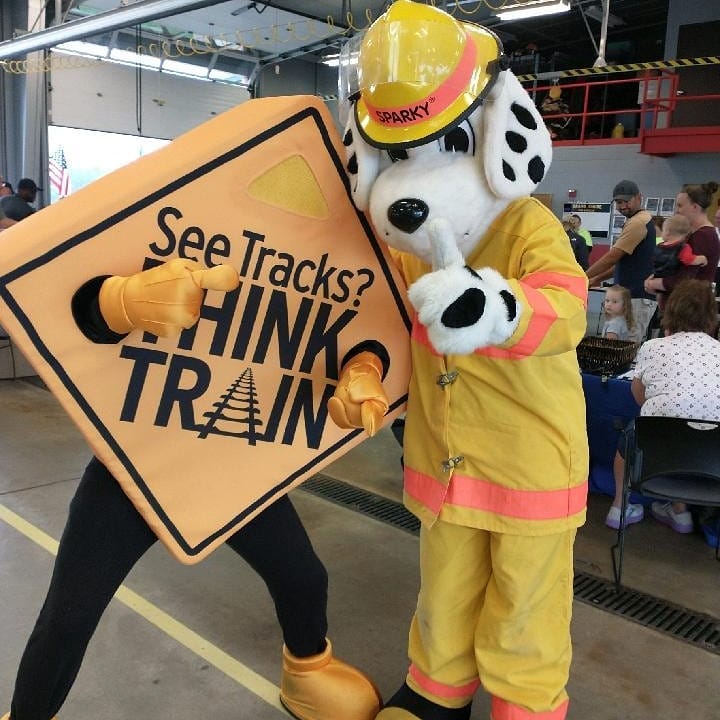
June 7-9, 2024
National Railroad Museum, Green Bay
https://nationalrrmuseum.org/paw-patrol-paw-palooza
Rail Safety Week
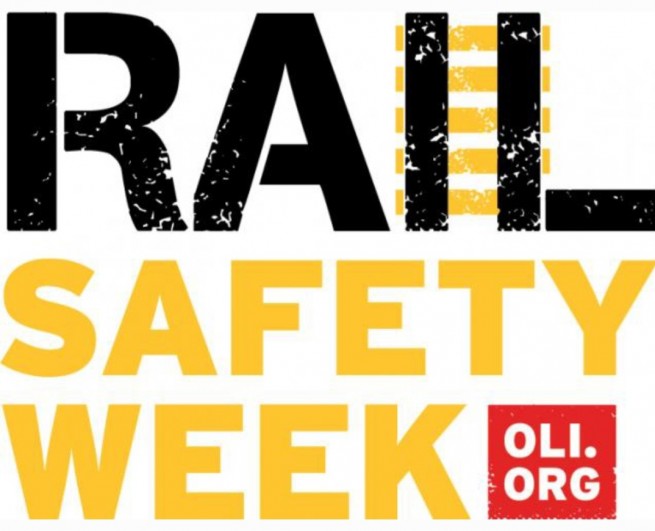
September 23-29, 2024
https://oli.org/about-us/public-awareness-campaigns/rail-safety-week
Appleton's Octoberfest
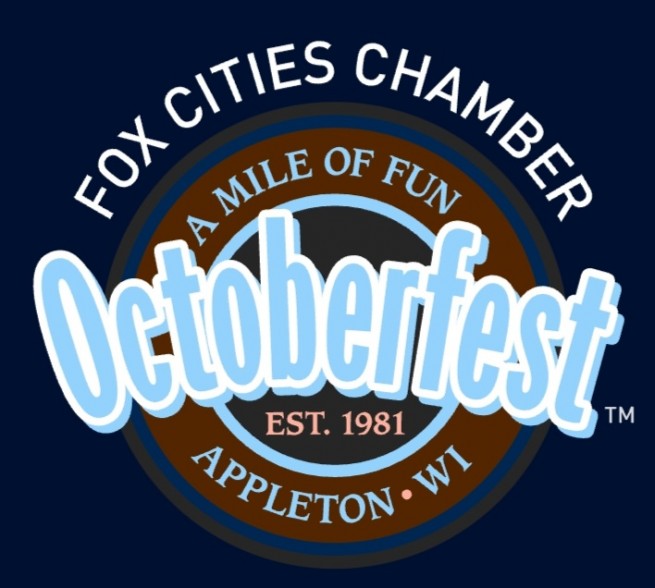
September 28, 2024
College Avenue, Downtown Appleton
https://octoberfestonline.org
Trainfest
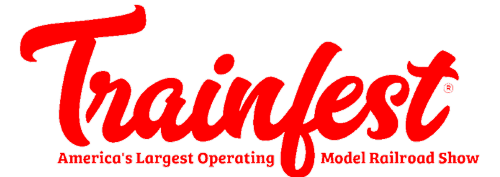
November 23-24, 2024
Baird Center, Milwaukee
https://train-fest.com/about
WI OL Safety Partners
Wisconsin Railroads
Amtrak
BNSF Railway
Canadian National Railway
Canadian Pacific Railway
Escanaba & Lake Superior Railroad
Tomahawk Railway
Union Pacific Railroad
Wisconsin Northern Railroad
Wisconsin & Southern Railroad
State Agencies
Center for Childhood Safety
NEW Zoo & Adventure Park
St. Croix County Sheriff Department
Tomah Fire and Police Departments
Town of Hammond
Wisconsin Commissioner of Railroads
Wisconsin Department of Transportation
Wisconsin Herd
Wisconsin Railroad & Harbors
Wisconsin State Patrol
National Agencies
Federal Railroad Adminstration
Operation Lifesaver Inc.
WI OL Statistics
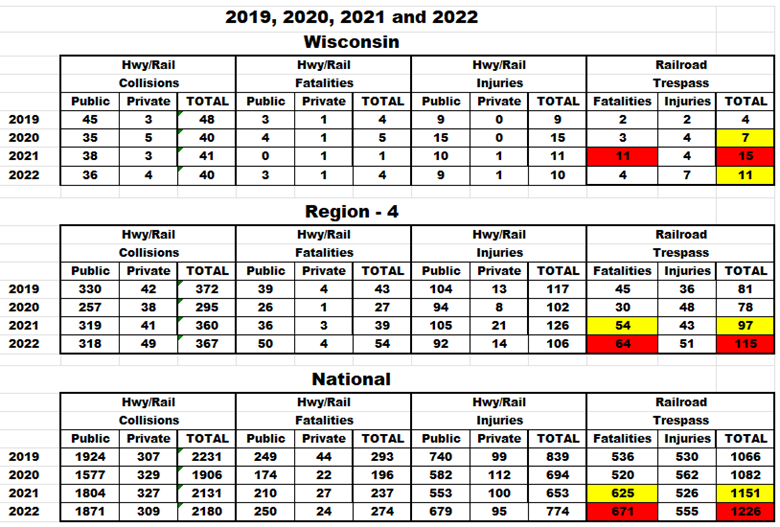
Some national stats that may surprise you:
- Trains have the right of way 100% of the time over emergency vehicles, cars, the police and pedestrians.
- Trains CANNOT stop quickly. The average freight train weighs 6,000 tons, and running at 55 mph takes at least a mile to stop. That’s 18 football fields!
- Approximately every three hours, either a vehicle or a pedestrian is struck by a train in the United States.
- A motorist is 20 times more likely to die in a crash involving a train than in a collision involving another motor vehicle.
- Most crashes occur within 25 miles of the motorist's home.
- The majority of highway-rail crashes occur when the train is traveling less than 30 mph.
- There are approximately 212,000 public, private and pedestrian at-grade highway-rail crossings in the United States.
- Nearly 50 percent of vehicle/train collisions occur at crossings with active warning devices (gates, lights, bells)
- Pedestrian-train incidents are on the rise, and more than 500 people are killed each year. Trespassing on railroad property (tracks, train cars, etc.) is illegal – trespassers are subject to arrest and fines. Too often the penalty is death.
*for updated statistics go to https://safetydata.fra.dot.gov/OfficeofSafety
Rail Safety Week / Volunteers in Action
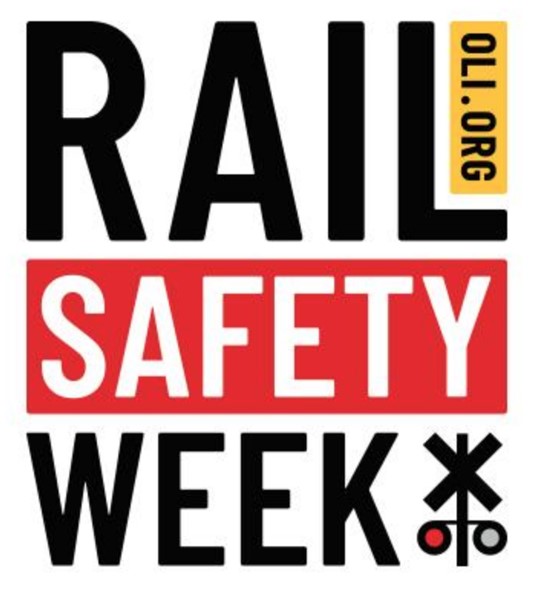
Rail Safety Week is an annual collaborative effort among Operation Lifesaver, Inc.(OLI), state Operation Lifesaver programs, and rail safety partners across the USA, Canada and Mexico. OLI’s mission is to empower the public to make safe choices when driving or walking near railroad tracks and trains.
Why is Rail Safety Week so important? Because more than 2,100 people are killed or seriously injured annually in crossing and trespassing incidents in North America. In 2021 alone there were neary 900 deaths in the United States.
A person or vehicle is hit by a train in the USA every THREE HOURS.
The vast majority of railroad fatalities and injuries are due to crossing collisions and incidents involving pedestrians trespassing on tracks. These incidents are preventable and public awareness plays a key role in fostering community rail safety.
Last year’s observance of Rail Safety Week throughout Wisconsin and North America reached millions of people through events and activities, as well as digital media campaigns and other online messaging. Each day focused on a different safety theme, such as crossing safety and trespass prevention.
Monday: #STOPTrackTragedies
Tuesday: Operation Clear Track: Law Enforcement, First Responder Partnerships
Wednesday: Crossing Safety
Thursday: Transit Safety & Professional Driver Safety
Friday: Volunteer to #STOPTrackTragedies & Wear Red for Rail Safety
Saturday: Trespass Prevention
Sunday: No Photo/Video/Selfie is Worth the Risk
Wisconsin Operation Lifesaver kicked off 2022 Rail Safety Week at the Amtrak station in Tomah, and during the week volunteers were in St. Croix County for crossing enforcement, Madison for an "Officer on the Train" event, and Milwaukee to ride Amtrak and talk to passengers about being safe at the platforms. Volunteers went to Neenah and handed out Red t-shirts in Fritz Park, Warrens to speak to patrons at Cranberry Fest, and Appleton for Octoberfest on the Kid's stage. Sunday's activities (focused on photographers) were postponed due to inclement weather and will be rescheduled Spring, 2023.
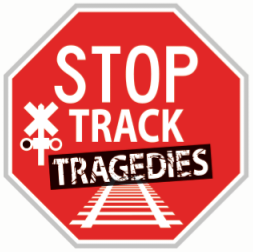
While collisions between vehicles and trains in Wisconsin have decreased over the last few years, a person is still over 20 times more likely to be killed or seriously injured versus a collision involving two cars. We need YOUR help to bring the number of preventable tragedies closer to zero!
Save the date for the next Rail Safety Week,
September 18-24, 2023
Together, we can #STOPTrackTragedies!

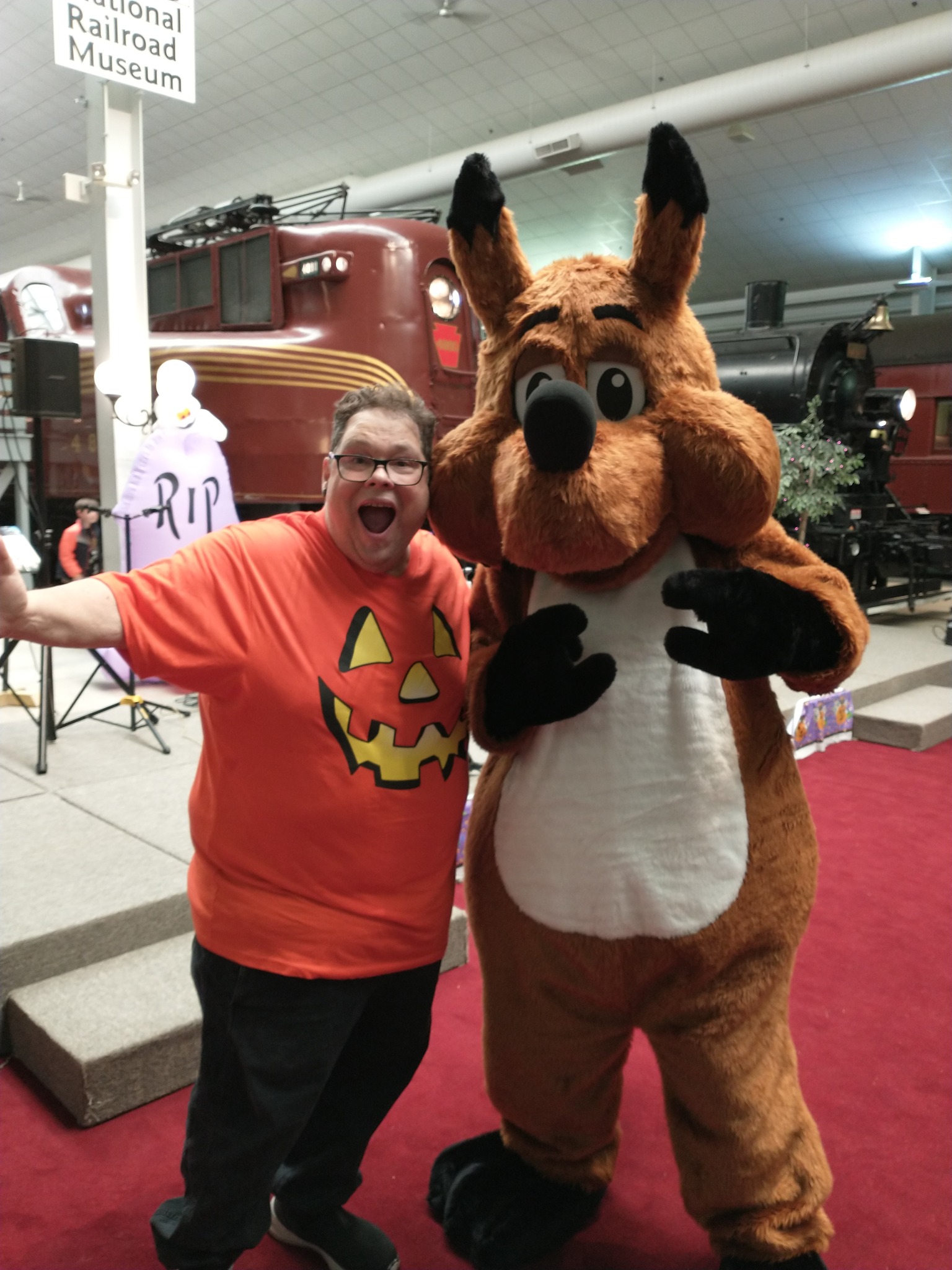
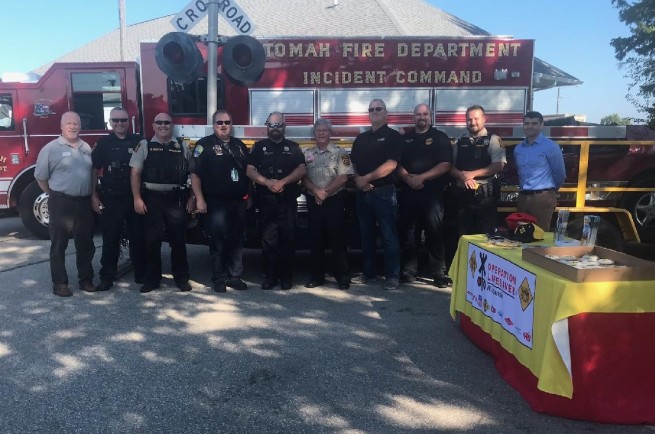

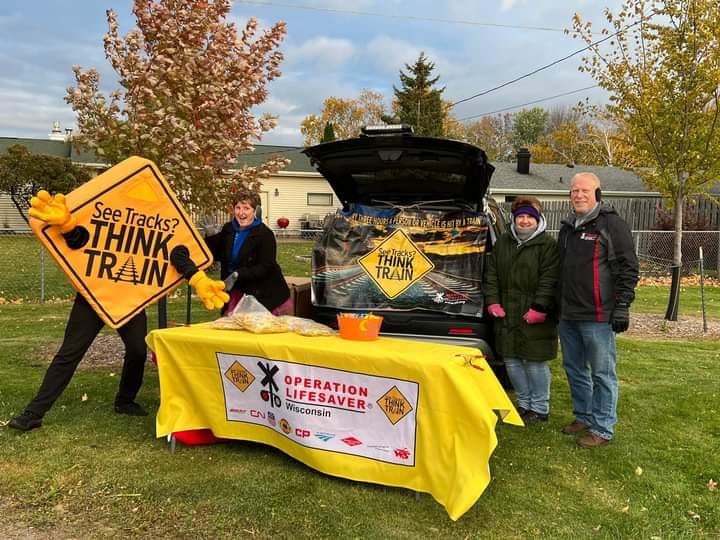
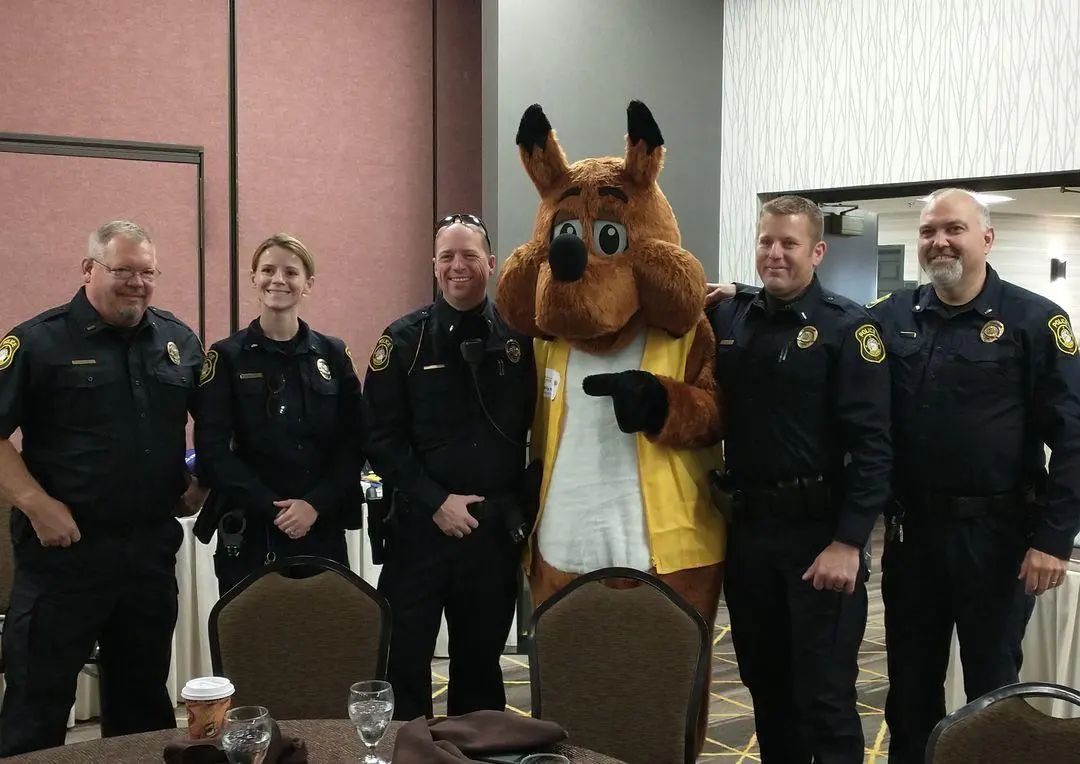
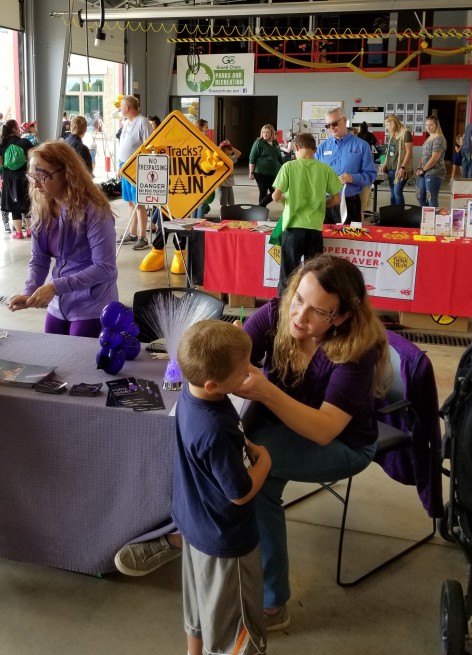
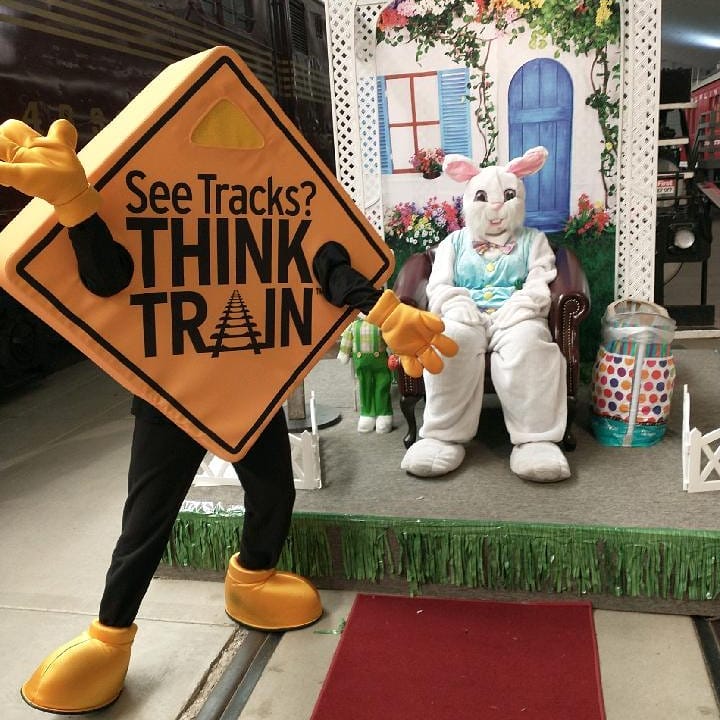


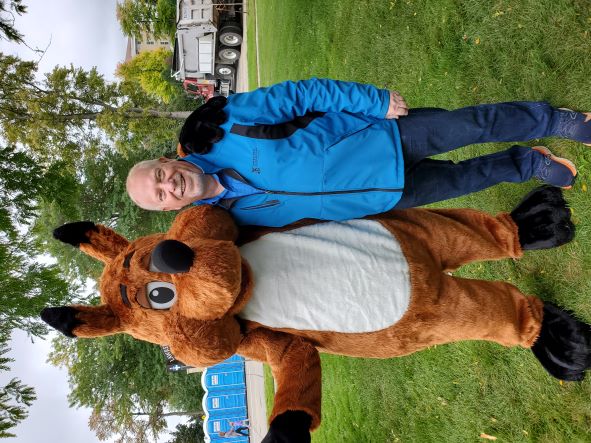
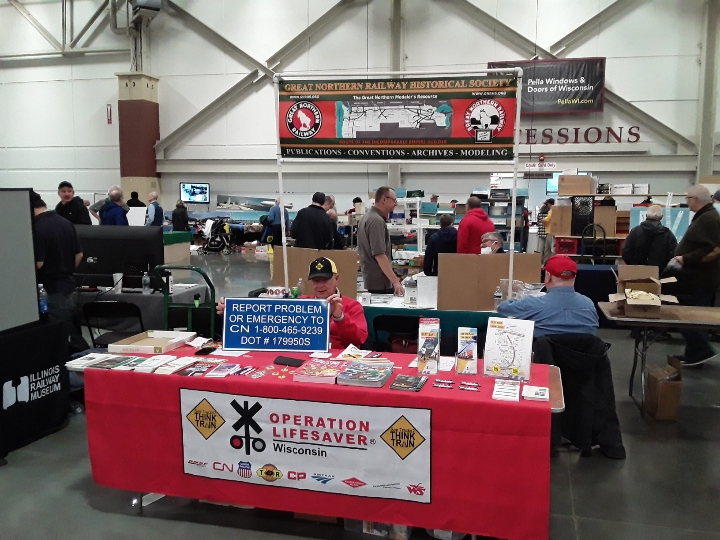

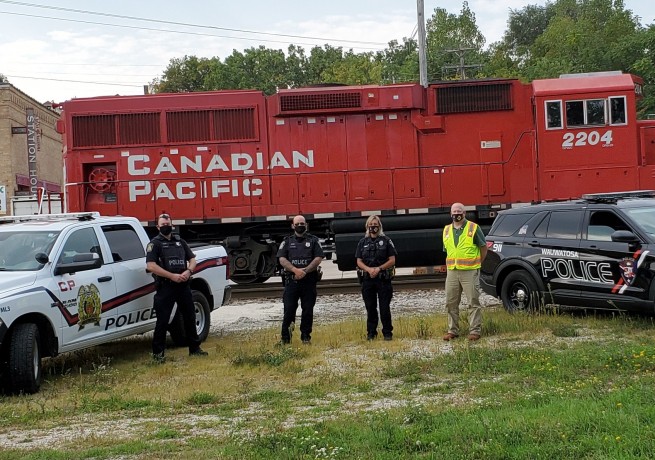
Board of Directors / Quarterly Meetings
State Coordinator
Gary Koerner
grkconductor@yahoo.com
State Chairman
Greg Gasper
trainwatchman@sbcglobal.net
Vice-Chairman
Keith Schmidt
kschmidt626@gmail.com
Secretary / Treasurer
Matt Koser
mkoser@watcocompanies.com
2024 Quarterly Meetings
January 10, 2024
Virtual, 10:00 am
April 17, 2024
St. Francis Fire Department, 10:00 am
3400 E Howard Ave
St. Francis, WI 53235
July 10, 2024
Portage Pizza Ranch, 11:00 am
2905 New Pinery Rd
Portage, WI 53901
October 10, 2024
Eau Claire Pizza Ranch, 11:00 am
2451 Truax Blvd
Eau Claire, WI 54703
Railroad Investigation and Safety Course
Operation Lifesaver’s Railroad Investigation and Safety Course (RISC), formerly known as GCCI (Grade Crossing Collision Investigation Course), was developed for the North American law enforcement and first responder community by the nation’s railroad police and Operation Lifesaver, Inc.
RISC prepares first responders to use the proper safety techniques while investigating or responding to a grade crossing collision or trespasser incident, in addition to maintaining on-scene safety unique to the railroad environment.
Course Overview
If railroad tracks run through your community, first responders could become involved in responding to a highway-rail grade crossing incident. This course provides the critical information allowing first responders to respond to and investigate incidents involving the railroad effectively and safely.
Operation Lifesaver's Railroad Investigation and Safety Course (RISC) is offered at the Basic (1-hour), Intermediate (2-hour) and Advanced (4-hour) levels. Training is available at no cost to help officers and first responders more effectively and safely manage such incidents.
This course is geared towards law enforcement and first responders, teaching them how to be safe on and around railroad tracks while they are investigating an incident. 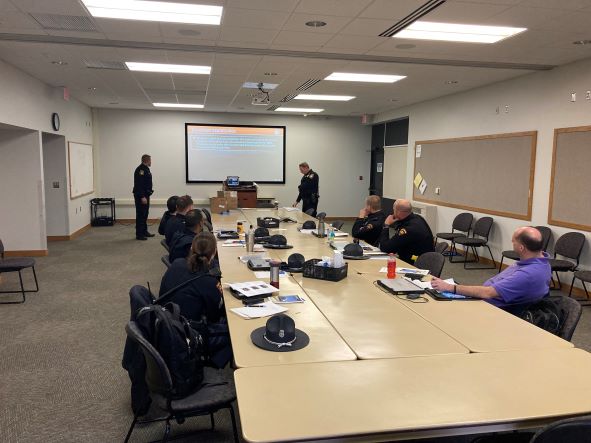
To sign-up for a free RISC presentation follow the link
oli.org/info/first-responders/schedule-free-risc-training
Check out the different segments of the RISC program
risc-program-flyer_final_10.05.2020
Presentations & Events
OPERATION LIFESAVER PRESENTATIONS
Do you have a group that would benefit from a free presentation about how to stay safe around railroad property and prevent senseless tragedies? We can do that!
Wisconsin Operation Lifesaver's Authorized Volunteers offer free rail safety programs customized to your specific group. Our goal is to help people learn about being safe around railroad tracks and trains. We visit school classrooms from preK to 12, scouting and community service groups, driver’s ed classes, professional bus and truck drivers, emergency first responders, company safety programs, and a host of others.
Any group can request a free presentation by clicking oli.org/request-presentation. For more information, contact our WI State Coordinator at grkconductor@yahoo.com.
OPERATION LIFESAVER AT EVENTS
Would you like Wisconsin Operation Lifesaver at your next event? Our network of volunteers set up no-cost Train Safety Booths at a variety of gatherings throughout the year, all over the state. They speak to people of all ages about rail-crossing safety and the hazards of trespassing on railroad property, hand out brochures and other printed material, and of course have fun trinkets for people to take home! We also have 2 mascots (Sly Fox and ST3) that travel around the state helping us spread our safety message.
Whether it’s a National Night Out celebration, your community’s annual festival, or Safety Week at your school or business, Wisconsin Operation Lifesaver would love to be part of your event. And as always, there is never a fee! Contact our State Coordinator today at grkconductor@yahoo.com for more information.

Become an Operation Lifesaver Authorized Volunteer (OLAV)
Each year, OLAVs conduct free programs on rail safety education for audiences large and small across the United States. Why not join them? Even if you’re not big on public speaking, there are MANY different opportunities to help Operation Lifesaver educate the public on making safe decisions around railroad property.
Remember the sobering statistic: Every 3 hours in the USA, a person or vehicle is hit by a train. You can help us spread the word and make your community safer by becoming an OLAV!
Steps to becoming an Operation Lifesaver Authorized Volunteer (OLAV)
- Prospective Volunteers fill out and submit the online OLAV application, which is then reviewed by their Operation Lifesaver State Coordinator. Applicants will receive an email telling them how to go to the next step in the process, the online classroom training.
- Next, applicants complete the online classroom, “The AVE” (Authorized Volunteer e-Learning), which is available 24/7, whenever it fits YOUR schedule. You can save your progress in the online training module, and are encouraged to complete it over more than one session.
- After completing the AVE online classroom, your state coordinator will contact you to schedule the next step to complete the OLAV process.
- Authorized volunteers will report their safety activities via Operation Lifesaver’s online reporting database, so they can easily keep track of their presentations, training and special events.
- With the new OLAV program, OL volunteers will have more options to choose from for interacting with an audience.
- Volunteers must fully understand and agree to abide by all OLI general policies and procedures as stated in the volunteer application.
View/complete the OLAV Online Application.
Questions? Contact your OL State Coordinator.
